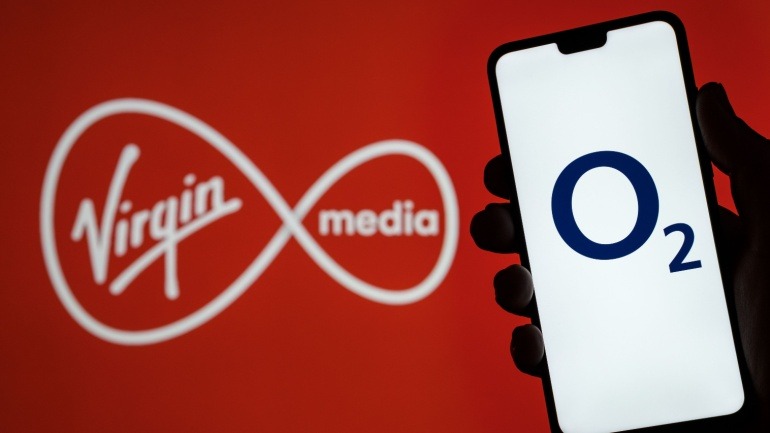Rich Communication Services, commonly known as RCS, is making strides in the business messaging arena. Once overlooked, this technology has gained traction following its inclusion in Apple’s iOS 18. With the backing of major telecom players and tech giants like Google, RCS is finally stepping out of the shadows and into the spotlight.
The significance of this shift is profound. By supporting RCS, Apple has opened the doors to billions of iPhone users worldwide. As a result, experts predict a remarkable growth in RCS messaging traffic, compelling enterprises to rethink their strategies. Carriers such as Orange have already seen a 400% increase in such traffic in France alone.
However, for enterprises, deploying RCS messaging is more complex than merely flipping a switch. It requires careful planning, the right metrics, and robust platform support. Today’s tech leaders face pressing questions about integrating RCS into their existing communication strategies and ensuring a smooth transition.
Unlike traditional SMS, limited and text-based, RCS offers a richer experience. It supports high-quality images and videos, creating interactive and personalized messages directly within the native messaging app. This capability is crucial as consumers are more inclined to trust verified message senders. Analytics is another asset—enterprises can now measure aspects like message delivery and user engagement, elevating RCS above SMS in strategic evaluation.
Still, challenges exist. Integrating RCS with existing systems can highlight the complexities of enterprise communications infrastructure. Compatibility issues may arise due to variations in APIs or delivery rules. Employing a staged approach can demonstrate tangible value while minimizing risks.
Moreover, achieving seamless global coverage remains a hurdle. While Apple’s support aids adoption, the pace of carrier rollouts varies significantly by region. Thus, some organizations opt for hybrid solutions, pairing RCS with SMS to ensure message delivery across unsupported devices or networks.
Security and compliance remain paramount. While RCS offers advantages such as verified IDs and audit trails, enterprises must stay vigilant about standards and encryption levels, especially in sectors like finance and healthcare.
From a strategic viewpoint, RCS should be integrated into a larger messaging ecosystem rather than standing alone. Leveraging CPaaS platforms can enhance orchestration across channels like SMS, WhatsApp, and email, ensuring comprehensive delivery and engagement.
For businesses contemplating the jump, a pilot with specific, measurable outcomes can pave the way for broader implementation. The key is clear metrics beyond simple engagement rates to foster support from various organizational stakeholders. As companies begin to adopt this transformative technology, the lessons learned from early experiments are invaluable. The journey toward widespread RCS implementation involves careful planning, innovation, and a willingness to evolve—to navigate this promising yet complex landscape successfully.







